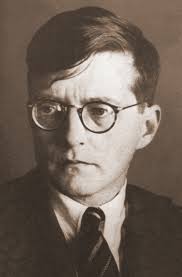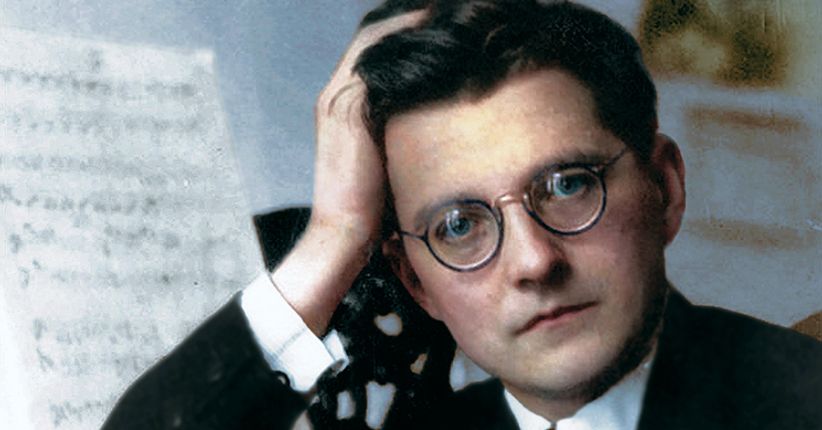The History of String Quartet No. 12 by Dmitri Shostakovich
Dmitri Shostakovich’s String Quartet No. 12 in D-flat major, Op. 133, composed in 1968, is one of the most profound and enigmatic chamber works of his late period. By this point in his life, Shostakovich was confronting physical decline, political disillusionment, and deep existential questions — all of which are reflected in this intense and highly modern composition.
Context and Background
The String Quartet No. 12 was written during a time when Shostakovich’s health was deteriorating due to poliomyelitis and other ailments. Despite these challenges, his creative output remained remarkably prolific. This quartet, completed in 1968, was dedicated to the first violinist Dmitri Tsyganov of the Beethoven Quartet, the ensemble that premiered nearly all of Shostakovich’s quartets.
By this point, Shostakovich had already written eleven string quartets, and each had shown a progressive deepening of his musical language and emotional scope. The Twelfth Quartet stands out as one of the most modernist and experimental of the set, displaying an unusual blend of atonality, serialism, and traditional musical forms.
First Performances
The String Quartet No. 12 was premiered on June 14, 1968, by the Beethoven Quartet in Moscow. As with many of Shostakovich’s late quartets, it initially received a mixed reception. Some critics and listeners found the quartet difficult and even dissonant, while others praised its boldness and emotional depth.
Structure and Musical Features
The quartet is cast in just two movements, which is relatively rare for Shostakovich:
- Moderato
- Allegretto – Adagio
Though it begins in D-flat major, the piece does not remain tied to traditional tonality. One of the most remarkable features of the work is its use of twelve-tone technique — a method typically associated with composers of the Second Viennese School such as Arnold Schoenberg. Shostakovich’s tone row appears at the very beginning of the first movement in the cello part, immediately setting a modernist tone.
However, Shostakovich does not adhere strictly to serialist procedures. Instead, he integrates the tone row into his own unique idiom, blending twelve-tone elements with conventional harmonies and motifs. This hybrid approach demonstrates his ability to adapt new musical languages without sacrificing personal expression or emotional impact.
The second movement continues with striking contrasts — whimsical scherzo-like sections juxtaposed with somber, slow passages. As in much of his later music, there’s a sense of introspection, irony, and tension that ebbs and flows throughout.
Legacy and Interpretation
String Quartet No. 12 occupies a special place in Shostakovich’s oeuvre. It marks a further evolution in his quartet writing — a space where he could explore ideas and emotions that were perhaps too intimate or controversial for larger public works. In this quartet, the boundaries between tonal and atonal, traditional and modern, playful and tragic are frequently blurred.
Over the years, the piece has gained appreciation for its daring construction and emotional complexity. It is now considered one of Shostakovich’s most important late quartets, representing the depth of his musical innovation and his continual engagement with contemporary techniques — even as he stayed rooted in his distinctive voice.
Conclusion
Shostakovich’s String Quartet No. 12 is a compelling blend of intellectual rigor and heartfelt expression. Written during a period of personal and political tension, it stands as a testament to the composer’s enduring creativity and willingness to explore new musical territories. Whether through its serialist hints or its deeply human undertones, the quartet invites listeners into a world of reflection, ambiguity, and profound artistry.


Comments are closed